The Palazzo Ducale in Cavallino is a fascinating example of Salento architecture, with a rich and complex history. Built in the second half of the 15th century, the palace has undergone expansions and modifications over time that have accentuated its fortified appearance. The different phases of construction, from the 15th-century rear façade to the 16th-century details, highlight an architectural evolution that reflects the tastes and needs of the period.
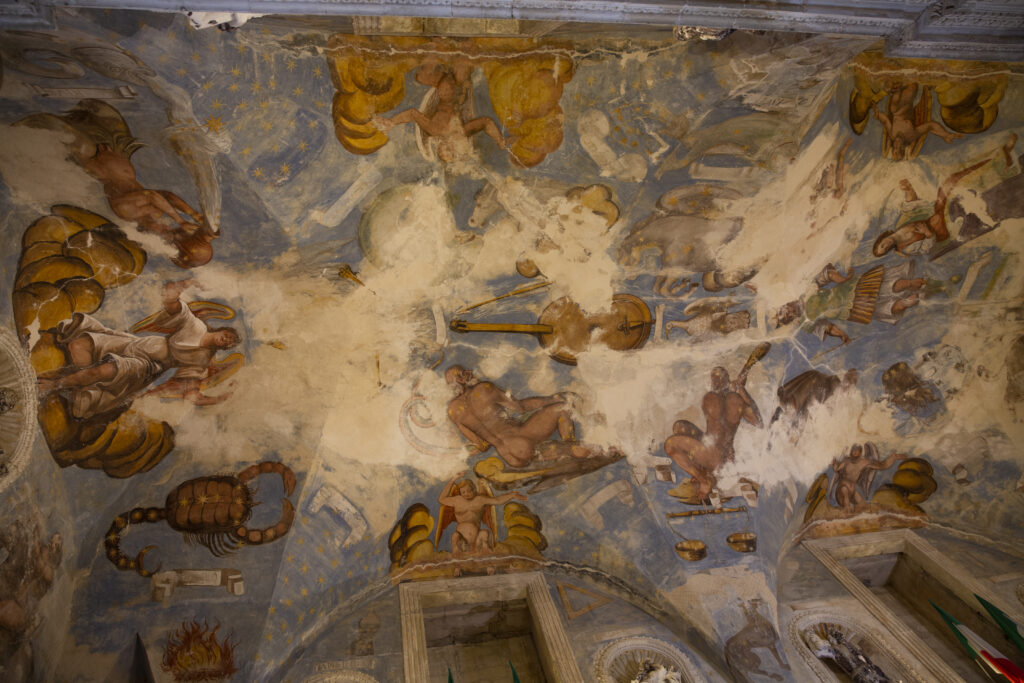
The interior of the palace is equally remarkable, with a polygonal atrium that houses the statue of Kiliano di Limburg, a direct link to the Castromediano family. The baroque decorations, especially in the Gallery, are an example of the artistic refinement of the time. The presence of works by artists of the caliber of Oronzo Tiso adds further cultural value to the residence.
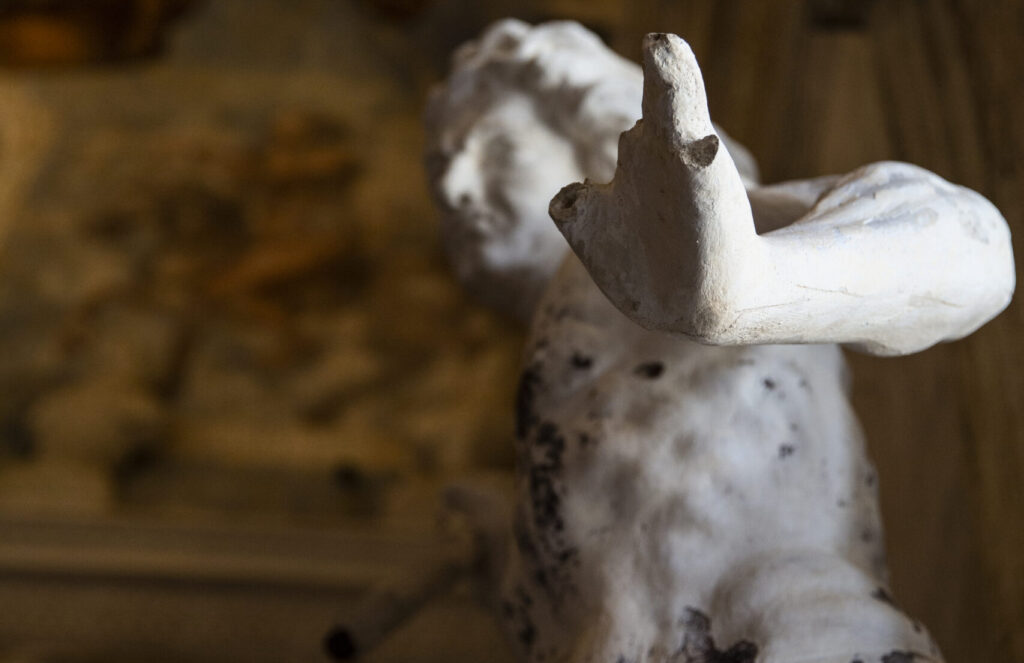
Inside the manor there is a chapel built in 1565 and dedicated to the Madonna di Leuca and the Madonna Addolorata. It represents an important spiritual aspect of the palace, while the figure of Sigismondo Castromediano underlines its historical significance linked to the Italian Risorgimento. Today, the shared ownership between the Province of Lecce, the Municipality of Cavallino and the heirs of the Castromediano family testifies to the value of the palace as a collective cultural heritage.
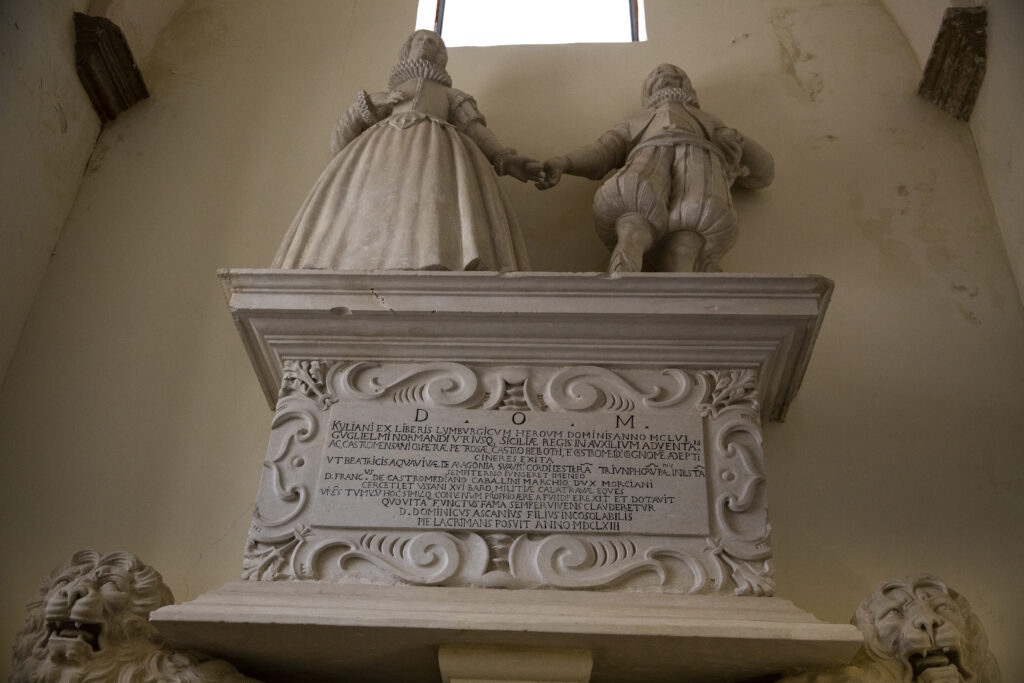

 Raisin Wheat Orecchiette
Raisin Wheat Orecchiette  Taralli with Salento Dried Tomatoes
Taralli with Salento Dried Tomatoes  Sagnette Pasta
Sagnette Pasta  E.V. Olive Oil 500 cl
E.V. Olive Oil 500 cl 













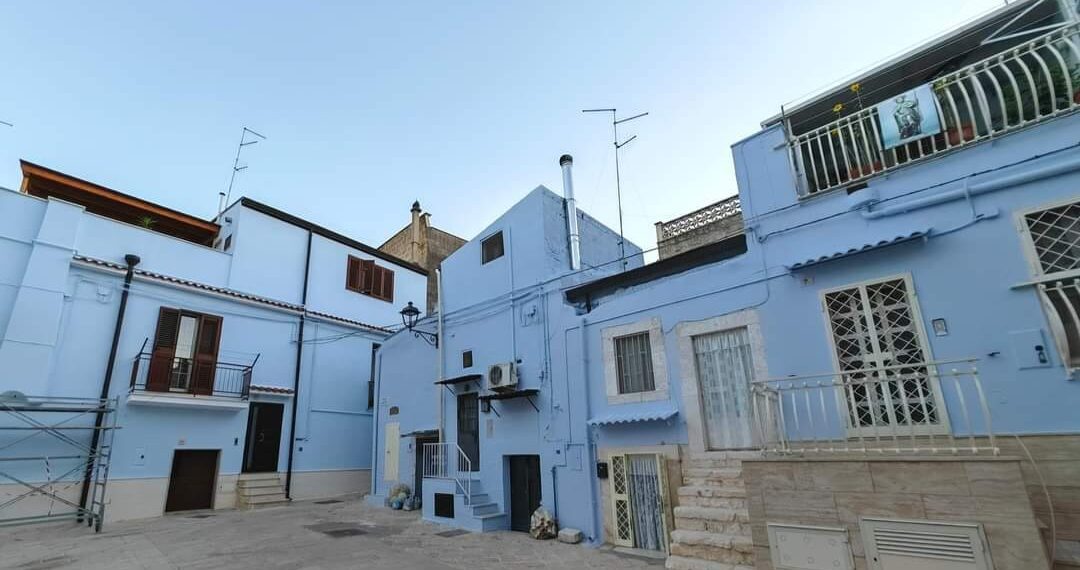
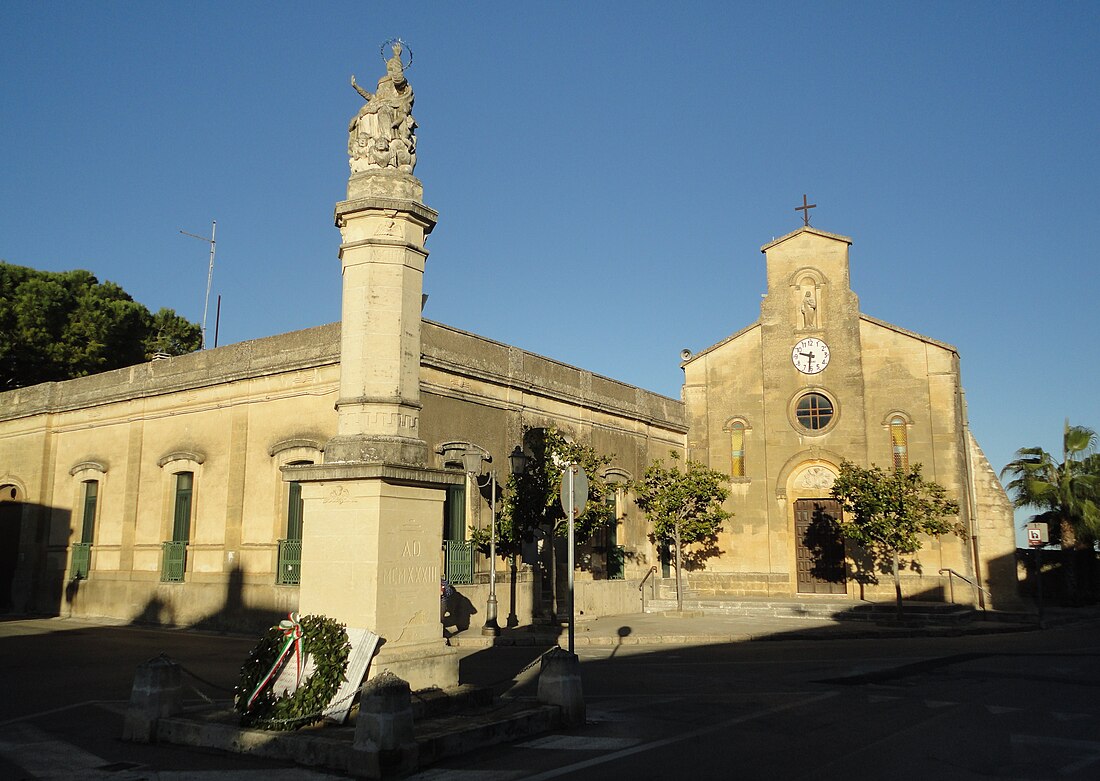
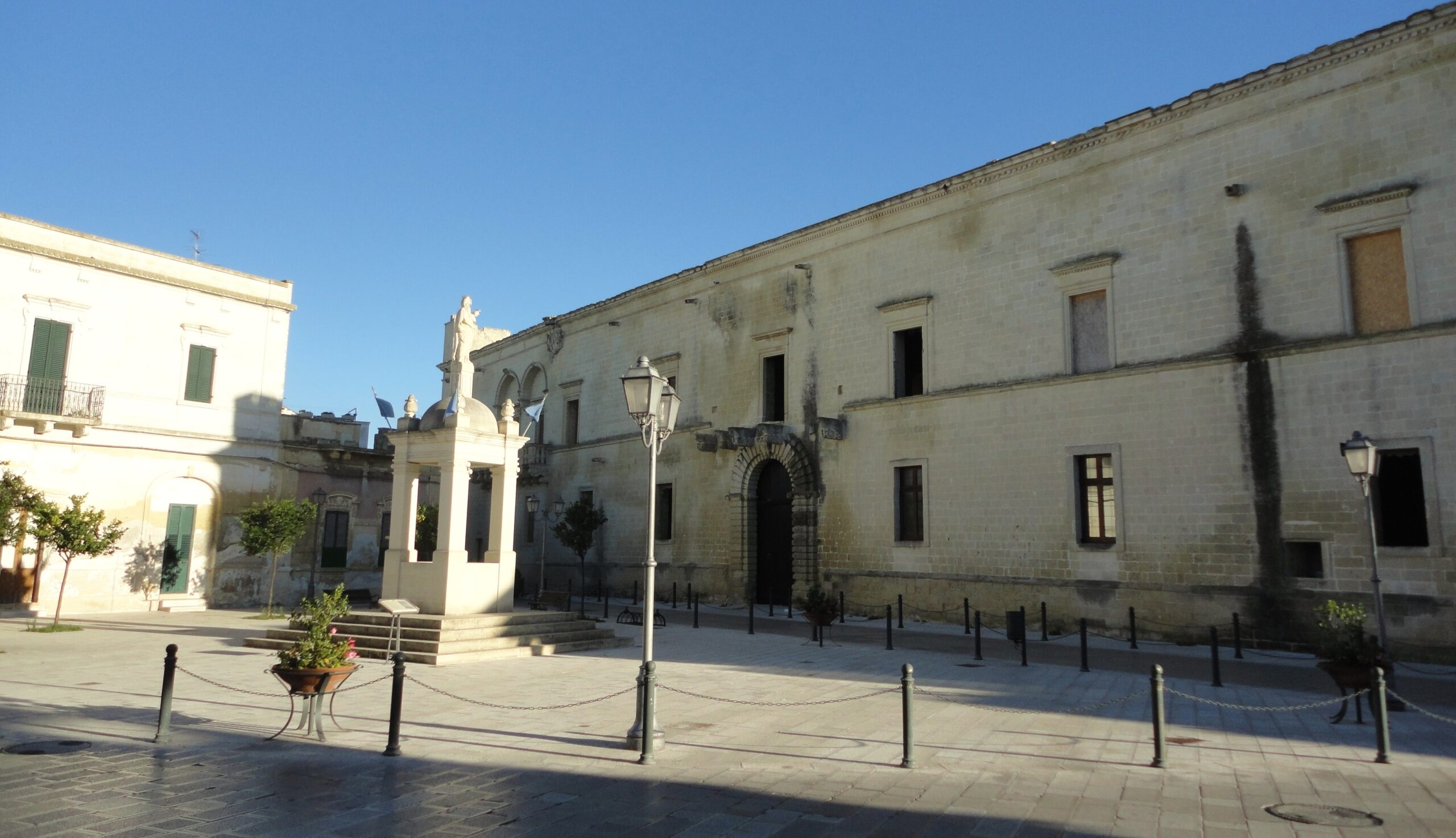


Leave a comment